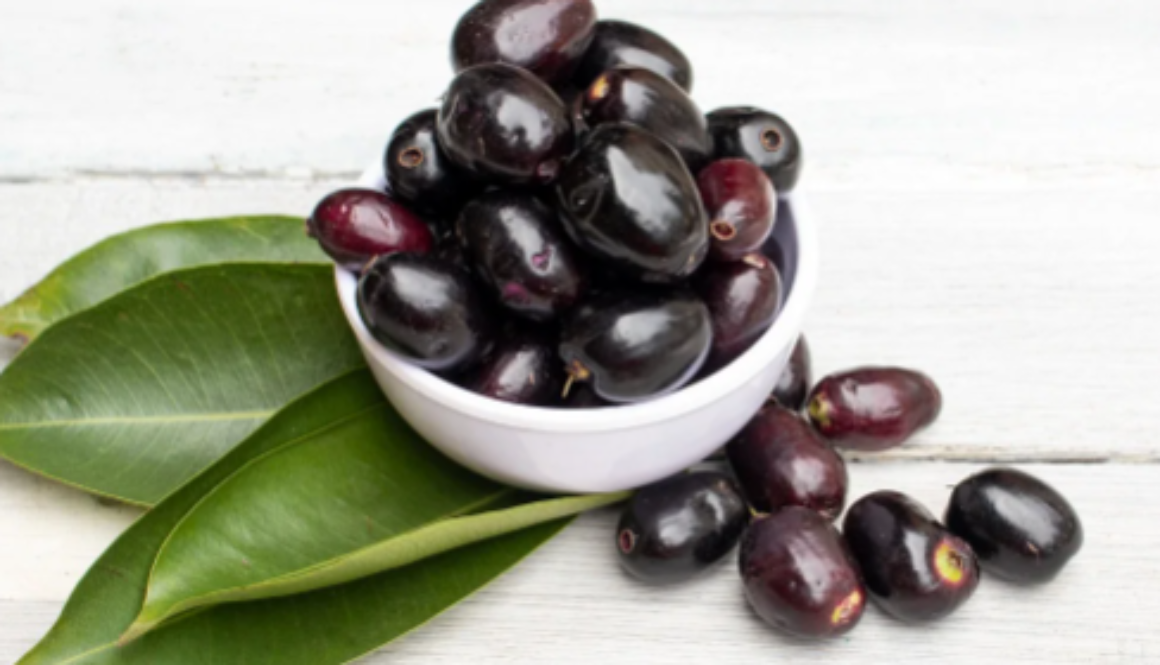JAMUN
CLIMATE: Jamun rhrives well under both tropical and subtropical climates. The plants can tolerate both short periods of drought as well as heavy rainfall. It can be grown successfully with an annual rainfall varying from 350 to 500 mm. It requires dry weather at the time of flowering and fruit setting. Young plants are susceptible to frost.
SOIL: Jamun trees can tolerate sodic and saline soils and can also be grown in ravines and degraded lands. However, vigorous growth and high yield may be achieved when grown on deep loam and well drained soils that have the capacity to retain good soil moisture. These plants can survive alkaline soils with pH up to 10.5. Plantations in very heavy and light soils should be avoided to achieve better results.
PROPOGATION AND PLANTATION: Jamun can propagated both by seeds and grafting techniques, though the most common being by seeds. The seeds have no dormancy, hence fresh seeds can be sown within 10-15 days of collection in 4-5 cm deep nursery beds at a distance of 25 ×15 cm. The seed germinates 10-15 days after sowing. The seedlings become ready for transplanting in spring or next monsoon. As seedling plants bear fruits of variable size and quality, therefore, vegetative method is desirable for propagation of improved or selected types. Budding is the most successful technique for this. It is done on a rootstock aged about 1 year having about 10 mm thickness.
For plantation, pits of 1m3 size shall be dug at a distance of 10 m for seedling trees and 8 m for budded plants in one hectare land. Pits should be filled with a mixture of topsoil and well rotten farmyard manure or compost in a 3:1 ratio. Monsoon season is ideal time of planting. But it can also be planted with a good survival rate in spring in presence of adequate irrigation system.
PLANT PROTECTION MEASURES: In pre-bearing period, 20-25 kgs well rotten farmyard manure per plant per year should be applied. For bearing trees, this dose shall be increased up to 50-60 kg/plant/year. The ideal time for giving the organic manure is a month before flowering.
IRRIGATION: Young plants require 6-8 times irrigation for better growth. In fruit bearing trees, irrigation shall be done from September to October for better fruit bud formation and from May to June for better development of fruits.
HARVESTING: The seedling plants start bearing fruits after 8-10 years, while grafted ones after 4-5 years of planting. The fruits ripen in the month of June–July depending upon the variety and agro climatic condition. The ripe fruit at full size is deep purple or black in color and picked immediately once ripens, as it cannot be retained on the tree at that stage.
USES
Jamun fruit is a source of vitamin-A and vitamin-C, can works as immunity booster. The seed is used to control diabetes and digestive ailments. The pulp of the fruit, extracts from the bark and seeds is of great benefit when it comes to lowering of blood glucose level. Taking dried extract of the seeds orally, greatly reduces the blood sugar and glucosuria.
Jamun bark is used for treating sore throat, bronchitis, asthma, thirst, diabetes, diarrhea, dysentery, ulcers and blood impurities. Stem bark powder is externally applied to prevent hemorrhage and leaves burnt ash in gum and teeth disorders. Root decoction helps in liver and splenic disorders. Root powder is helpful for skin infections.
Wine and vinegar can be made from the fruits. The wood is water resistant. Because of this it is used in railway
sleepers and for building furniture. The leaves are used as fodder, as they have good nutritional value.

